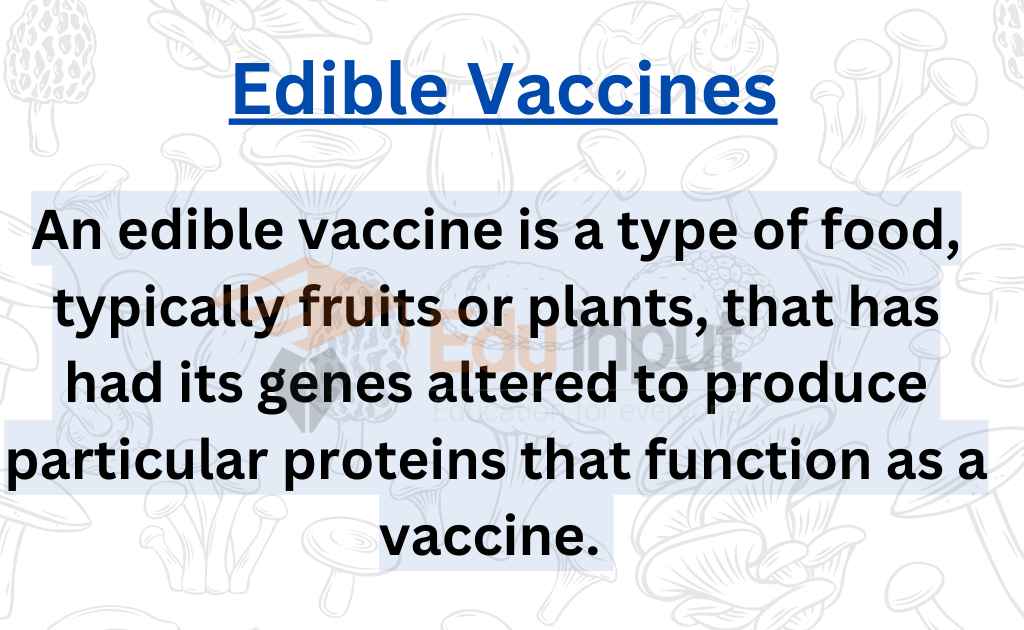What are Transgenic Plants?-Developing Techniques and Uses
The plants with foreign DNA are called transgenic plants. Transgenic plants are genetically modified organisms (GMO) that contain genes from other species. They are often created through genetic engineering techniques such as gene splicing or DNA recombination. The term was coined in 1975 by molecular biologist Herbert Boyer who wanted to describe the transfer of genes between two different species.
Today, GMO crops are widely grown around the globe. Over 90% of corn, soybean, cotton, sugar beet, canola, alfalfa, and sunflower seeds sold in North America are produced using GMO technologies.
How Transgenic Plants Are Developed?
Following techniques are developed for introducing foreign genes into plants:
(a). There is a special technique to insert genes into immature plant embryos. This embryo develops to form a new transgenic plant.
(b). Genes are inserted into the protoplast of plant cells. The plant cells whose cell wall is removed are called protoplasts. The protoplasts are suspended in a liquid containing foreign DNA. Electric current is passed through this liquid. The electric current makes tiny, self-sealing holes in the plasma membrane. The genetic material enters the protoplast through these holes. Then a protoplast develops into a complete plant.
Uses Of Transgenic Plants
There following uses of transgenic plants:
1.Pest And Herb Resistance:
Foreign genes are transferred into cotton, corn, and potato. The cell of these transgenic plants produces an insect toxin. So these plants become resistant to pests. Similarly, soybeans are made resistant to a common herbicide. Some corn and cotton plants are both pest and herbicide resistant.
2. Transgenic Crops:
Transgenic crops were planted on more than 70 million acres worldwide in 1999. Their acreage will become triple in five years. These varieties are further improved. Their protein or starch contents are modified. Oil or amino acid composition is increased in these varieties.
3. Increasing Production Of Wheat, Corn, And Rice:
Agribusiness companies are developing transgenic varieties of wheat, rice, and corn. There will be the highest demand for these crops by 2020, So it is necessary to increase the production of wheat, rice, and corn. The green revolution started in the 1960s.
In addition, high-yield hybrid plants were developed. The grain production is continuously increasing since then. As there is continued population growth. Thus the per capita production has now reduced. It is hoped that genetic engineering will increase the yield.
Following steps can increase this production.
1. The structure of stomata can be changed. It can increase carbon dioxide intake or cut down water loss.
2. It can increase the efficiency of the enzyme RuBP carboxylase.
3. A team of Japanese scientists is trying to introduce the C cycle into the rice. The C4 cycle uses a different method of capturing CO₂ So the C4 cycle reduces the inefficiency of RuBP carboxylase. These are multi-gene modifications. These modifications require a thorough re-engineering of plant cells.
Single Gene Transfers:
Various products are produced by single gene transfers. A weed mouse-eared-press is genetically engineered. It produces a biodegradable plastic (polyhydroxy-butyrate) in cell granules.
Synthesis Of Human Products:
Plants are engineered. They can produce human hormones, clotting factors, and antibodies in their seeds.
An antibody is made by corn. It can deliver radioisotopes to tumor cells.
Another antibody is made from soybeans. It is used for the treatment of genital herpes.
The antibodies produced by the plants are inexpensive. These antibodies are not contaminated with pathogens. These pathogens can infect people. Clinical trials of these human products have begun.






Leave a Reply